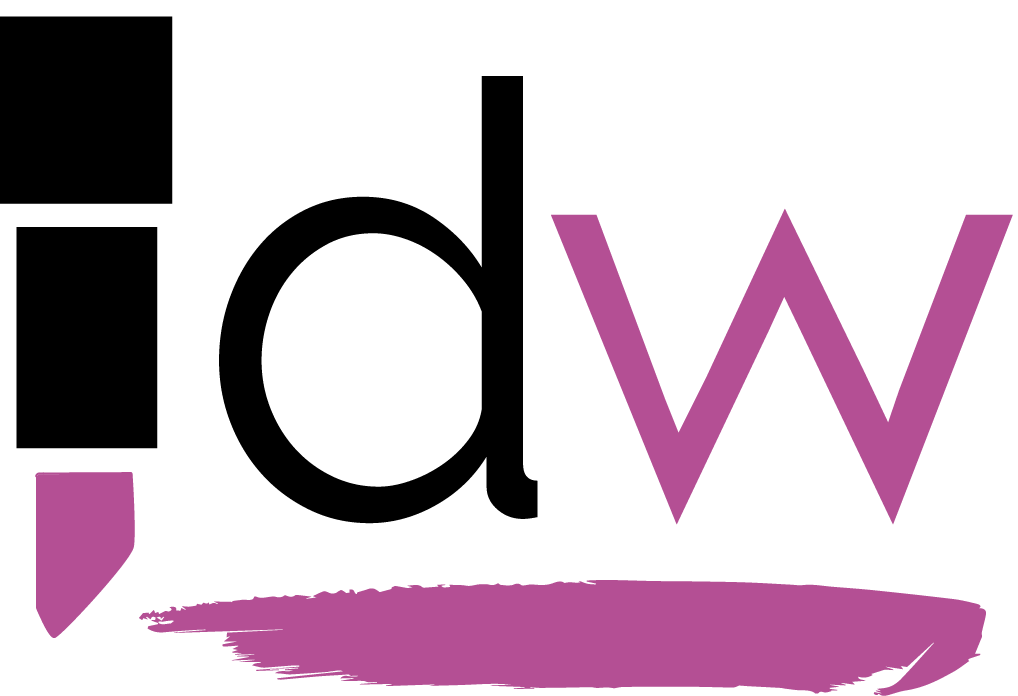Ronan Campbell from Apollo Training looks at how a communication breakdown in your career isn't always about the words you say.
Relationships end, it’s a part of life. If they break down in our personal life, we always have the option to end the relationship or at least have a break. If a relationship falters or becomes strained at work, we might not have this choice. We may be forced to deal with this person on a daily basis, which can be a leading cause of workplace stress.
Relationships end for a number of reasons but one common factor in each failed relationship is a breakdown in communications.

So what is communications?
The majority of people I ask this question believe communication is the words we use. While this is true it neglects to consider the main forms of communication. Albert Mehrabian, a communications expert, proposed a formula called the 7-38-55 rule. He believed that communication consists of three factors that include body language, tonality and words.
Body language is the main form of the message that we deliver to people at 55 percent. This can be unsettling at first as we are usually unaware of our body language. However from head to toe, we are sending out a constant message that reflects how we feel.
Forms of body language include:
- Head movements -nods or shakes indicate approval or disagreement.
- Facial gestures -can convey happiness or sadness.
- Eyes -Rolling of the eyes can be dismissive; while eye contact can reassure that you are listening.
- Lips -Smiling can place people at ease.
- Body Posture – The way you place your body and arms and legs, in relation to each other, and in relation to other people.
- Body proximity – How far or close to other people demonstrates familiarity and comfortability.
- Shoulder movements – Shrugs can be dismissive.
- Arm placement – Crossed arms can be seen as defensive and closing off communication.
- Leg and feet placement – Similar to arms.
- Hand and finger gestures – Pointing a finger at someone can be seen as aggressive, while open facing palms are positive and encourage discussion.
Being aware of our body language can help us communicate a more positive message. When we like someone, body language usually take care of itself on an unconscious level. However if we met someone for the first time or are in contact with someone who we are struggling to connect with, be aware of these movements.
The second most influential form of communication is tonality, which is responsible for 35 percent of the message we deliver. As a baby we learn tonality before we understand language. A raised tone by a parent may convey danger, while a drop in tone can create warmth, comfort and empathy. Think about how we tell the story of the three bears to a child. The focus is all on pace and tone, as it creates the narrative. These same principles apply when we get older.
Jordan Belfort, made famous by the Wolf of Wall Street film, has his critics but is fantastic at explaining tonality. His straight line theory looks at tonality in depth and shows how a small change in how we say a sentence or even word can have a massive impact on the message.
Lowering your voice to a certain level creates sincerity while dropping it another level and you create scarcity. The same applies for raising your tone, increasing and slowing the tempo and emphasising words. Remember that it is not what you say it’s the way that you say it that makes the difference.
The final form of communication is words and is placed at the lowest end of the formula at 7 percent.
Language is flexible and can be altered and changed as long as our body language and tonality is positive. However words become important when we remove tonality and body language. For example as you read this, my words are the only way I can communicate to you. Words are now the dominant form of communication.

At work, words become paramount when we send email. If you can’t connect with a client look at their style of writing and change your style. If they write short emails then respond similar. If they are detailed then give a detailed response. If they are friendly and use relaxed terms do the same. If they are professional then respond in kind.
This takes practice but will make a positive difference. We are programmed as people to relate to people that are similar to us and this also applies to use of language.
I have only scratched the surface today. If you would like training in communication skills you can contact me through Apollo Training Facebook or email apollotrainingandsales@gmail.com.
Talk soon






